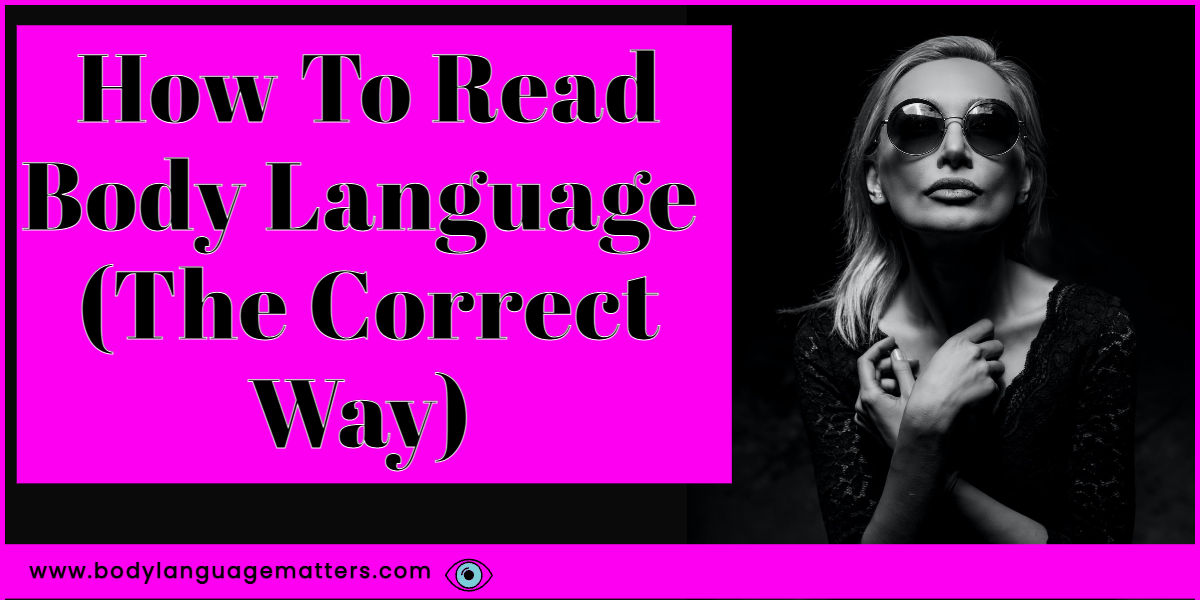Understanding body language is key to understanding people and can give us hints about the person we are talking with. Crying, restless feet and a clenched jaw can all signify unhappiness and show that you’re not agreeing with what’s being said and that’s just the start of learning non-verbal cues.
You already know how to read people’s body language, but when you start narrowing it down and noticing these nonverbal cues, you start seeing them a lot more clearly. You almost have an eye for reading people’s intentions before they act on them. It’s like you have an invisible superpower at your fingertips.
You need to be observant of your environment and the context of the conversation in order to be able to read body language. You should take note of the way someone moves, their facial expressions, and any other gestures they make. This is called a baseline in the body language community. Once you identify these nonverbal cues, it is easier for you to understand what the person may be feeling or thinking about at that moment.
I used to judge people based on their looks alone, but now I realize that body language is often a better indication of someone’s personality. By learning about it, I’ve become a much better communicator and express my feelings nonverbally and verbally in a more articulate manner. It’s my ace up the sleeve when dealing with difficult people or making people feel better about themselves.
Next, we will go over how to READ CONTEXT in order to learn about body language. After that, I’ll introduce my top 8 TIPS for reading people.
- How To Read Body Language & Nonverbal Cues (The Correct Way)
- Quick Video On How To Read Body Language.
- Understand Context First. (Learning how to read)
- What Is A Baseline In Body Language?
- Noticing Cluster Cue’s (Non-Verble Shifts)
- Do The Words Match The Body Language Cues
- 8 Area Of The Body To Read First.
- Look at the direction of their feet.
- Forehead First. (furrowed brow)
- See if they’re making direct eye contact.
- Observe their posture.
- Pay attention to their hands and arms.
- Notice their breathing.
- Check out their smile (Facial Expressions & Fake Smile)
- See if they’re mirroring your own body language (Think Crossed legs)
- Now, What Do You Do? (learning how to read)
- Frequently Asked Questions.
- What is nonverbal communication?
- Why is understanding body language important?
- How Do You Use Your Body Language?
- How to read body language with pictures
- Who can read body language
- How Do You Read Body Language In An Interview?
- How To Read Body Language When Someone Is Lying.
- How Do You Read Body Language When Someone Likes You?
- What Does Your Body Language Say About You?
- Final Thoughts.
Quick Video On How To Read Body Language.
Understand Context First. (Learning how to read)
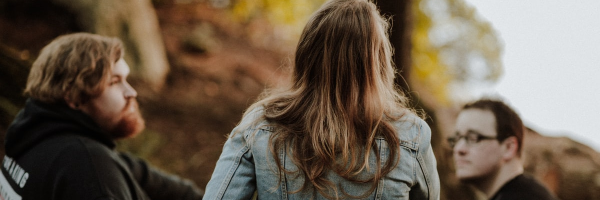
When you first approach or observe a person or group of people it’s important to consider their context. For example, are they in a social, business or formal setting?
When observing people in informal settings, you might notice they’re less guarded and more “natural”. For example, you might see someone playing with their hair or sitting with their legs apart and arms at rest – they are feeling relaxed in their surroundings. “It’s more common to see this behavior in informal settings.”
When it comes to context, we need to remember where a person is (environment), who they are talking to (one on one or in a group), and the conversation’s topic (what they are talking about). This will give us factual data that we can use when analyzing somebody’s body language and nonverbal cues.
Now that we understand what context is, we need to understand what a baseline is and how we can use it to start to a person’s body language.
What Is A Baseline In Body Language?

The baseline of a person is the set of behaviors, thoughts, and feelings that are typical for them. It is how they act in everyday life and in different environments.
For example, someone who is feeling depressed might move around lifelessly with their head down. Another example of a baseline is when someone is in a social setting and feels more relaxed and happy they will use open gestures, smile more and make good eye contact.
Different people have different reactions under different conditions. So to get a true baseline, you need to see them in relaxed and heated situations, as well as in normal conditions; this way, we can also pick out inconsistencies.
This is easier said than done, so we need to work with what we have and gather information and data points by analyzing the situation we find ourselves in or the person we are trying to read.
The Reason We Baseline First.
The reason we need to get a baseline is to catch sudden changes and questions within the person’s body language. Any shift or unnatural change should be an area of interest.
It’s worth noting here detecting deception is difficult. It can be hard to know if a person is lying by looking at them, and the person may not even tell the lie with words. However, it has been found that small changes in body language can indicate signs of deceit, such as sudden movements or gestures.
By establishing a baseline and noticing any sudden changes in an individual’s body language, it will be possible to catch or probe a little further into a person’s thought process.
This is why we baseline someone. To see what changes they’re going through so we can spot issues they might not be telling us about or problems as they arise. Body language is hard to read, but it will get easier the more you work on it.
Next, we’ll take a look at clusters of information shifts. This will give us clues as to what’s going on internally with a person.
Noticing Cluster Cue’s (Non-Verble Shifts)
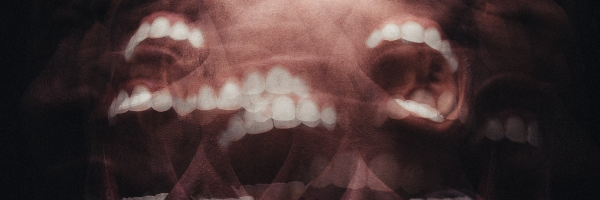
A cluster or cluster shift is when we see someone become uncomfortable. You can tell when this happens because they’ll have a few different body language movements.
We are looking for a shift from the baseline, but not just one or two differences. There needs to be a group of four or five cues to raise our interest.
Example of clusters: Arms down to the side being moved across our chest a shift in breathing from the stomach to the chest. An increase in blink rate from slow to rapid, moving sitting up in a chair or moving around, eyebrows narrowing, and pupil dilation.
A cluster shift is defined as a group of clusters taking place within five minutes.
What do we do once we notice a cluster shift?
When we notice a cluster shift, this is the time to think back on what has been said or done to the person for them to react in that way. For example, if you’re a car salesperson trying to sell a car and mention the cost of ownership, and your client sits up straight or crosses their arms, this can be interpreted as them feeling uncomfortable about that particular point. Maybe they don’t have the money, maybe they’re just coming to look at a potential car—whatever the reason, it’s your job to figure this out or avoid it altogether.
When you spot a shift or cluster group, something is happening. That’s when we need to take account of the data point and adjust accordingly. Since I picked up this skill, I’ve become a better observer and that has helped me to become better at conversations. It’s kind of like a secret superpower.
Next up, we need to look at the words and nonverbal cues people use all at once and determine if there is any continuity between them. This will tell us if something is quite right!
superpower.
Do The Words Match The Body Language Cues
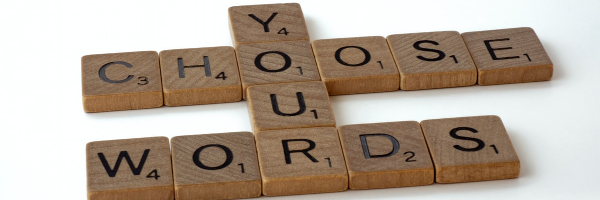
When we analyze body non-verbals we also have to listen to the voice. Does the message match the cues?
Body language should also match the sentiment of what is being discussed. For example, if someone mentions money or a pay increase, they may rub their hands together because the person would be happy about it. Or when a person uses an illustrator (taps a table or points out something with their hand) the hand will move as we talk to highlight the points we are making.
If they are out of sync with the message, this would be a data point that interests us one that is worth noting depending on the context of the situation.
A more accurate way to determine if someone is telling the truth or not is by checking their body language. A person may answer “yes” verbally but physically shake their head. It’s important to notice when people don’t match up because this can send a wrong message.
Now that you understand how to read body language a little bit, let’s take a look at my top 8 areas to note when you’re looking for someone for the first time.
8 Area Of The Body To Read First.
- Look at the direction of their feet.
- Forehead First.
- Observe their posture.
- See if they’re making eye contact.
- Pay attention to their hands and arms.
- Notice their breathing.
- Check out their smile.
- See if they’re mirroring your own body language.
Look at the direction of their feet.

In the fabulous book What Every Body Is Saying, Joe Navarro suggests we start to analyze from the ground up. The feet will indicate where a person wants to go, as well as comfort and discomfort.
When I first analyze a person, I always look at their feet. This gives me two pieces of information: where they want to go and who they’re most interested in. I do this by looking at a person’s feet.
For example, if they are pointing towards the door, then they want to go that way, but if they are in a group of people and their feet are pointing towards someone, then that is the person they find most interesting. I recommend taking a look at Body Language Of The Feet (One Step At A Time) for a more in-depth understanding.
The feet are also a reflection of what the person is feeling on the inside. When we are feeling restless or uncomfortable, our feet will often be bouncing around or wrapping around a chair leg to lock. If someone has their feet up on the seat of a chair, it may be because they feel superior to others and need to put themselves in an elevated position.
When in doubt, trust your gut. Emotions often appear as microexpressions in fractions of seconds, so if we feel a certain way, it’s probably for good reason.
Forehead First. (furrowed brow)
Most people look ahead first, then they look at their forehead. The forehead is one of the most visible areas of the body and one that is visible almost all the time. You can tell a lot about a person from their forehead just by looking at it. For example, if you see a furrowed brow, it could mean they are angry or confused. This is context-dependent. I always take a quick look at the forehead in the first few second of analsising a person. Check out What Does It Mean When Someone Looks At Your Forehead for more information on the forehead.
See if they’re making direct eye contact.
Once you have a general idea of how a person feels, take a look at their eye contact. Are they looking away, or keeping good eye contact? This should give you some idea of how comfortable they feel around people. Also pay attention to their blink rate; a faster blink rate tends to mean more stress and p Check out Body Language Of The Eyes (Learn All You Need To Know) for more information about the eyes.
Observe their posture.
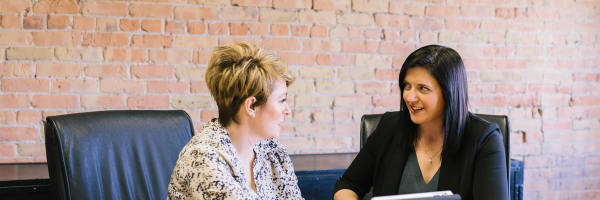
The second place I look is at their posture. How are they standing or sitting? What kind of vibe am I getting from them? Are they happy, comfortable, or sad and depressed? You want to get a general impression of how they look to get an idea of what is going on internally with them.
Pay attention to their hands and arms.
Hands and body signals are a great place to glean information. One of the first things we notice about people is their hands, which can tell you a lot about them. For instance, someone who bites their nails could be anxious; if dirt under the nails suggests they work in a garage or some kind of manual labour.
The hands are also used to express oneself and hide from things one doesn’t like. They’re also used as adapters and pacifiers to calm ourselves down. For a better understanding of the hands check out What Does Body Language Of The Hands Mean.
Notice their breathing.
There are two places a person tends to breathe from depending on how he or she is feeling. A person who is relaxed will tend to breathe from the stomach area, while a person who is nervous or excited will breathe from his or her chest area. This can give you some good data points to work with in order to tell you how a person is feeling. For a more detailed understanding of what to look in for in breathing check out this article on mentalizer.com
Check out their smile (Facial Expressions & Fake Smile)
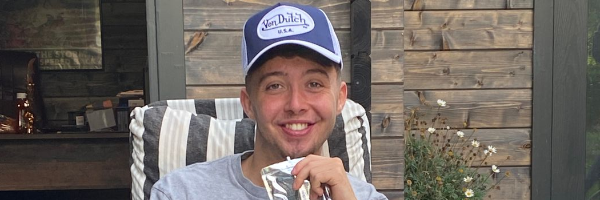
You might think that a person who smiles at you likes you, but that isn’t always the case. There are true and false smiles that can mean many different things, for example, I saw a manager flash a smile to someone who worked for him. The smile was only a brief moment before it dropped from his face in an instant. A true smile will fade from the face naturally over a few seconds these are called Duchenne smile for more about smiles check out When You’re Happy, Your Body Language Is Happy Too.
See if they’re mirroring your own body language (Think Crossed legs)

Mirroring someone else’s body language, in some cases, is indicative of rapport with that person or trying to build it. People will mimic the postures and gestures of others in order to build rapport. For example, if you see someone sit back in a chair and then someone else does this a few seconds later, you know they have synced with each other and built a kind of rapport. Another example would be when one person crosses their legs, and then someone else does this a few seconds later. They’ve also synced.
Now, What Do You Do? (learning how to read)

You need to know the reason behind reading body language in the first place. The reason could be to figure someone out or to analyze a true crime program, for example. Once you understand why you’re trying to read body language, it becomes easier. We can use the new knowledge we have obtained to communicate with a person on their level or in a more formal setting to gain the upper hand in a sales or business setting. Whatever the reason may be, that’s up to you to decide. Next, we’ll take a look at a few common questions.
Frequently Asked Questions.
What is body language?
Body language is a form of nonverbal communication in which physical behaviors, such as facial expressions, body posture, and hand gestures, are used to convey messages. These nonverbal cues can be used to understand another person’s emotional state and to communicate one’s own emotions. There are different types of body language cues that can be used to communicate different things, such as happiness, sadness, anger, or fear. It is important to be able to understand and interpret body language in order to effectively communicate with others.
Can body language be misleading?
Body language, facial expressions, gestures, and body movements can all be misleading. For example, someone may cross their arms while telling a lie, which could be interpreted as a sign of disinterest or nonverbal communication. But no single body language gesture can tell you anything. You have to observe clusters to get an idea of what’s happening and it’s only an idea.
What is nonverbal communication?
Nonverbal communication is the process of sending and receiving messages without using words. It can include body language, facial expressions, gestures, eye contact, and posture. Nonverbal cues are important in helping us to understand a message.
Why is understanding body language important?
Understanding body language is important because it can help you to better understand what someone is saying, even if they are not using words. This is because body language cues can give you clues about how a person is feeling or what they are thinking. For example, if someone has their arms crossed, shifted in their seat, crossed their legs and looking at you with the intent they may be feeling defensive or uncomfortable
How Do You Use Your Body Language?
You can use body language to read what someone is expressing without them even knowing it. You can also use body language to gain trust, win people over and build rapport.
How to read body language with pictures?
In order to read body language with pictures, you will need to first understand the basics of body language. This includes understanding the different parts of the body and how they can be used to communicate. Once you have a basic understanding of body language, you will be able to better interpret the meaning of body language in pictures.
Who can read body language?
People from all walks of life can read body language to some degree, but those who have studied it extensively (such as psychologists and police officers) are able to glean much more information from it.
How Do You Read Body Language In An Interview?
One of the most common mistakes that interviewees make is not paying attention to body language, which may be their downfall.
Some of the most common body language cues include:
- Facial expression- optimism, anger, or surprise.
- Gestures- waving hands to emphasize a point or showing palms in an effort for openness and honesty.
- Posture- slouched over or upright posture taking up space.
- Speech patterns- fast-talking or slow talking.
The way a person behaves in an interview can tell a lot about them. Most importantly, how they respond to the questions that are asked will show their interest and whether or not they would be a good fit for the position.
Having said that, we could confuse nervous body language with negative body language. We need to take the candidate’s stress into account before we analyze them.
Some signs that could show if someone is interested in the job include eye contact, leaning forward when talking, taking notes, asking questions at the end of the interview.
Signs that might indicate that someone is not interested to include: looking around the room, crossing arms across the chest, looking bored or uninterested.
How To Read Body Language When Someone Is Lying?
Most people believe that they can spot a liar by their body language. This is not exactly true.
People who are lying might display some specific behaviors such as looking away, playing with their hair, scratching themselves, etc. However, the problem is that these behaviors might also happen when someone is uncomfortable or feels guilty about something. In addition to this, some people are just really good liars and their body language reveals nothing about whether they are telling the truth or not.
It is worth checking out Spy A Lie how to detect deception and also Telling Lies by Paul Ekman for a more in-depth look into lying and body language tells.
How Do You Read Body Language When Someone Likes You?
You can generally tell when a person likes you by observing their body language. We can see if they are trying to get closer to us, talk more, or make eye contact.
A person who likes you will try to get closer to you and be more engaged in the conversation. They will also try to make eye contact with you and touch your arm or back in order to show interest in what you’re saying.
To learn more about if someone likes you check out how to tell if he secretly loves you for more tips and tricks.
What Does Your Body Language Say About You?
The most important thing to keep in mind when trying to read body language is that it isn’t just about what someone does with their hands. Body language also communicates information through facial expressions, posture, the way they sit or stand, and even how they dress.
It is important that you are aware of your own body language as well. Your posture, facial expressions, and other movements can have an impact on how others perceive you.
Are you displaying any negative body language or are you more open and honest? It’s worth checking out this YouTube video of Mark Bowden talking about how to use non-verbal communication.
Final Thoughts.
How to read body language is a natural form of nonverbal communication between humans. It is instinctive and not that hard to pick up on. The difficult part is determining when to pick up on cluster and tells, which can be done through experience, learning the basics of body language, and understanding the context.
It’s natural and instinctive to pay attention to body language. What’s not natural, however, is understanding when someone is expressing emotion and when they are trying to hide it. Hopefully, these techniques will help you to read between the lines more easily.
Thank you for reading. I hope you found this post helpful!
